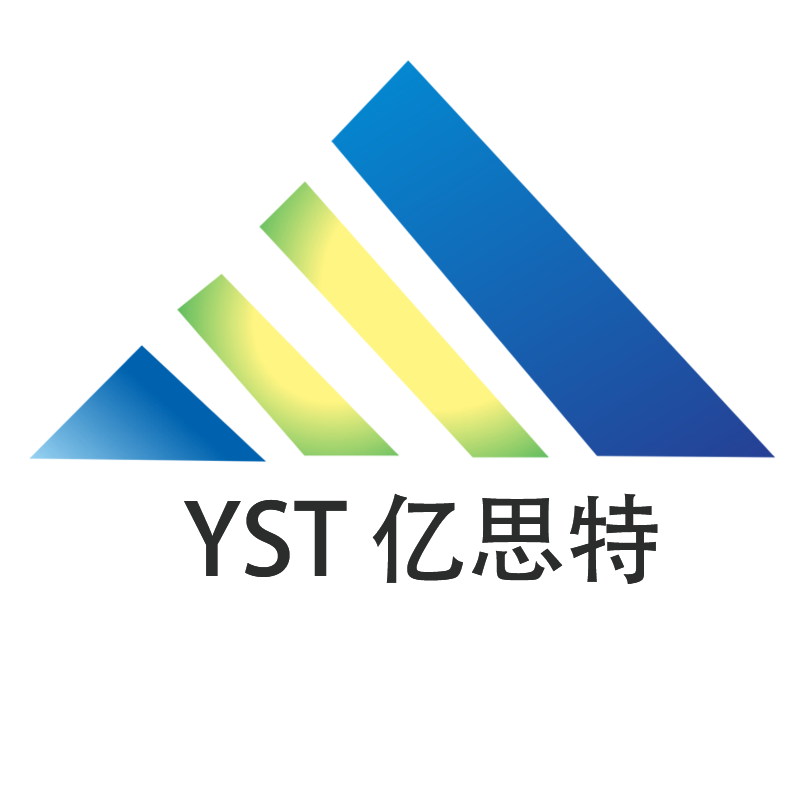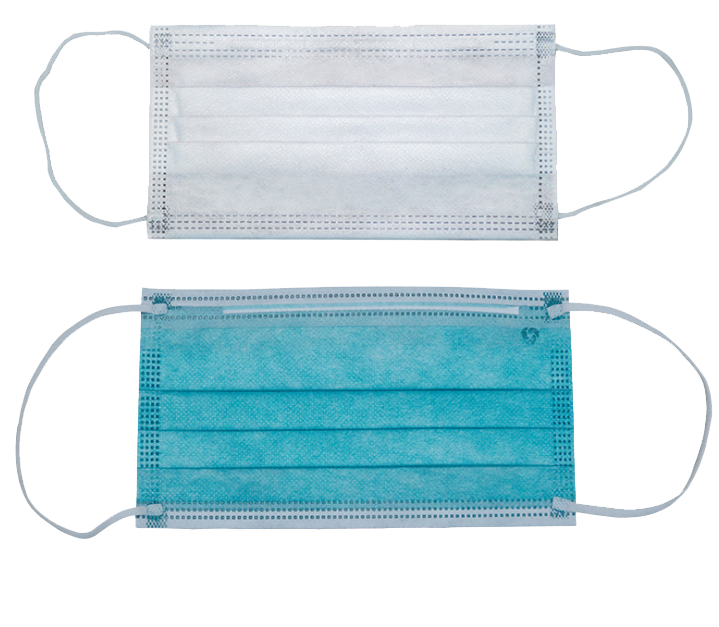|
Company News |
Non-woven fabric: plastic pretend to be "cloth" !
What ? non-woven fabric is not cloth? Are eco bags made of plastic? Can't the wipes discarded outdoors be degraded like napkins? Do you really understand the common nonwoven fabrics and products in life? Non-woven fabrics are a common material in our lives and are widely used in various life products. According to application requirements, non-woven fabrics can be divided into two categories: durable and disposable applications. Durable non-woven fabric can be used many times and has a certain service life. It is widely used in clothing, home improvement, agriculture, industry and other fields. For example, in recent years, many environmentally friendly bags are made of non-woven fabrics. Disposable non-woven fabrics are also common. Wet wipes for cleaning, masks necessary for everyone during the epidemic, tea bags for making tea bags, and paper diapers for babies. . . Is non-woven cloth? Non-woven fabrics, the norm is called non-woven fabrics. China's national standard GB/T 5709-1997 "Textile Nonwovens Terminology" defines nonwovens as: "Oriented or randomly arranged fibers, combined by friction, entanglement, or adhesion, or a combination of these methods. Formed sheets, webs or batts, excluding paper, woven fabrics, knitted fabrics, tufted fabrics and wet-shrinked felts. The fibers used can be natural or chemical fibers; they can be staple fibers or filaments Or fibrous formed on the spot." Among them, the word "cloth" may make people think that its raw materials are natural materials, but in fact, the three major fibers used in the production of non-woven fabrics are polypropylene (63% of the total), polyester (23% of the total) ) And viscose fibers (accounting for 8% of the total), the remaining 2% are acrylic fibers, 1.5% are polyamides, and 2.5% are other fibers. Among them, viscose fibers are processed products of natural fibers, while polyester, polypropylene, acrylic, and polyamide fibers are chemical fibers and are the main polymer components of synthetic plastics. Non-woven fabrics made of these chemical fibers are all plastic products. It can be seen that the vast majority (89.5%) of non-woven fabrics on the market are hard-to-degrade plastic products. Little knowledge Polypropylene: PP for short, a semi-crystalline thermoplastic, one of the common polymer materials, commonly used in the production of textiles, stationery, and plastic parts. Polyester: Commonly known as "polyester", it is a synthetic fiber obtained by spinning polyester obtained by polycondensation of organic dibasic acids and diols, referred to as PET, and belongs to a polymer compound. Propionamide: Acrylamide is usually used as a synthetic polyacrylamide. This aggregate can be used as a water-soluble thickener for sewage treatment, papermaking, ore treatment, and non-iron treatment of fabrics. Polyamide: One of the polymer materials, referred to as PA, can be synthesized naturally and artificially, and is commonly used in textiles, carpets, sportswear, etc. Viscose fiber: referred to as viscose fiber, also known as viscose yarn, its main raw material is chemical pulp, including two kinds of cotton pulp and wood pulp, through natural chemical separation and regeneration of natural cellulose. Looking at the life of non-woven fabrics from the whole life cycle of wet wipes: is it really environmentally friendly? On the Internet, some people call non-woven fabrics "easy to decompose, non-toxic, non-irritating, recyclable, and non-polluting to the environment" as "a new generation of environmentally friendly materials" and "environmental protection products that protect the planet's ecology" ? We take non-woven fabric representative wipes as an example to objectively analyze this from the perspective of the entire product life cycle: raw material acquisition, processing, manufacturing, sales, use and disposal. The non-woven fabrics used to make wipes are mostly polyester fibers [3]. Polyester fibers, as synthetic fossil-based fibers, are processed from non-renewable fossil raw materials such as petroleum, natural gas, or coal, just like other plastic family members. The fossil raw material undergoes a series of processing to obtain a polyester melt, and the polyester fiber is obtained after the melt spinning. Nearly 70 million barrels of oil are used to make polyester worldwide every year, and the energy required to produce polyester is more than double that of cotton. In addition, the production of polyester requires the use of harmful chemicals, including carcinogens. Since most polyesters are produced in countries with loose environmental regulations, such as China and Indonesia, the discharge of production waste may have more environmental impacts. Unlike woven materials, non-woven fabrics do not require knitting or yarn, but directly bond the fibers together by physical or chemical methods. Common non-woven fabric processing techniques include spunlace method, thermal method, spunbond method, melt-blown method, etc. At present, the wet wipes on the market are mainly spunlace nonwoven fabrics, that is, fiber raw materials are processed into nonwoven fabrics by the spunlace process. Spunlace non-woven wipes have the advantages of being soft and not easy to fall off chips, but in the production process, their power consumption is high, water and steam consumption are large, and industrial energy consumption is high. Little knowledge Spunlace non-woven fabric: It is formed by spraying high-pressure micro-water flow onto one or more layers of fiber web to strengthen and entangle the fiber web. Heat-sealed non-woven fabric: adding fibrous or powdery hot-melt adhesive reinforcement material to the fiber web, and then heating and melting the fiber web to strengthen it. Spunbond nonwoven fabric: After the polymer has been extruded and stretched to form continuous filaments, the filaments are laid into a net, and the fiber web is then subjected to self-bonding, thermal bonding, chemical bonding or mechanical reinforcement methods to make The web becomes nonwoven. Melt-blown non-woven fabric: a high-speed hot air flow is used to draw a thin stream of polymer melt extruded from the die orifice, thereby forming ultra-fine fibers and collecting them on a condensed screen or roller, while bonding themselves Made. In recent years, the wet wipes market has continued to develop rapidly. By 2017, there were 739 registered wet wipes manufacturers. The types and uses of wet wipes continue to expand, but the substrate of wet wipes is still mainly spunlace non-woven fabrics, and there are fewer companies producing natural fiber wet wipes such as cotton fibers and bamboo fibers. Wet wipes are disposable cleaning and hygiene products. The "disposable" method of use not only brings convenience, but also increases resource consumption and brings us more garbage. Although plastic products can be recycled, used wipes have been contaminated and cannot be recycled. Discarded wet wipes are classified as dry garbage in the garbage classification, and the treatment of dry garbage is usually done by landfill, incineration, etc. The landfill leachate produced by landfilling plastic waste will pollute the soil and water; while in another waste disposal method-waste incineration, the non-woven fabric made of plastic will also produce carcinogens dioxin, Acid gas pollution. Even if the landfill is treated with anti-seepage treatment, the problem of cracking of the anti-seepage layer is likely to occur. Figure | From the network Even if the landfill is treated with anti-seepage treatment, the problem of cracking of the anti-seepage layer is likely to occur. Figure | From the network In general, whether it is landfill or incineration, non-woven wipes as a plastic waste have certain ecological toxicity. Due to the stable chemical properties, non-woven fabrics made of plastic are difficult to degrade in the natural environment. Some consumers discarded wipes in the natural environment due to weak environmental awareness and cognitive deviations from the real materials of non-woven fabrics (think that the non-woven fabrics are degradable). These non-woven fabric wipes left in the natural environment , It may take 100 years to degrade. At the same time, they may be eaten by animals by mistake, leading to illness or death of animals, threatening the life safety of animals. In the process of degradation, the polyester non-woven wipes may become secondary microplastics, a more difficult plastic pollutant, under the influence of wind and sun, which poses a huge threat to the entire ecological chain. In summary, a piece of polyester non-woven wipes from the cradle to the grave will have many negative effects on ecology. In the mining and processing of raw materials, it will consume non-renewable fossil energy and cause possible waste discharge pollution; In the manufacture of wipes, a lot of energy will be consumed, including a lot of water resources; In sales and use, due to its one-time use characteristics, it will increase the generation of garbage; In waste disposal, first of all, it is difficult to recycle due to the characteristics of its products; secondly, it will cause soil, water and air pollution during landfill and incineration; For waste non-woven wipes that run out of control and flow into the natural environment, they are difficult to degrade naturally and cause harm to animals and even the entire ecosystem. Of course, we also need to see the advantages of non-woven fabrics. Its invention reduces costs, improves production efficiency, and brings many conveniences to our lives. With the development of non-woven fabric technology and waste disposal technology, the harm caused by unit non-woven fabric to the environment is also gradually reduced. Here, we do not judge the advantages and disadvantages of non-woven fabrics, but only explain their possible environmental impact. In addition, this article only makes a simple analysis of the impact of non-woven fabrics on the environment. If you want to get more rigorous and quantitative results, you need to use the Life Cycle Assessment method (Life Cycle Assessment) for systematic evaluation. See here, you should know more about non-woven fabrics? Although the name "cloth" is called, most non-woven fabrics are plastic products, which are not so harmless to humans and animals. The environmental impact of non-woven fabrics requires more attention. Suggestions As consumers, what should we do in life? 1. When purchasing goods, pay more attention to the description of the ingredients and actively understand the material of the goods, such as whether to use non-woven fabrics, whether the non-woven fabrics are made of natural fibers or chemical fibers; 2. Rational consumption of non-woven fabric goods, reduce consumption of plastic non-woven fabric goods, more consideration can be given to the use of natural fiber non-woven products; 3. Increase the number of use of durable non-woven fabric products, such as increasing the number of use of a single environmental protection bag, reducing the acquisition of new environmental protection bags; 4. Do a good job in sorting garbage, and do not discard non-woven fabric products in the natural environment at will. |


